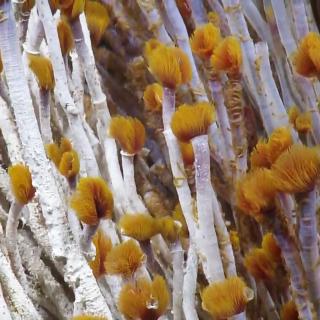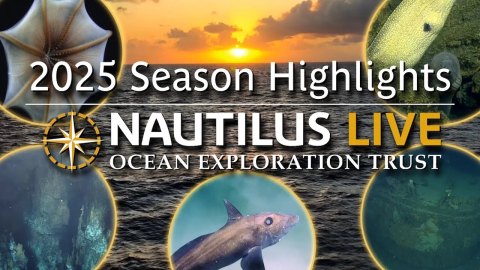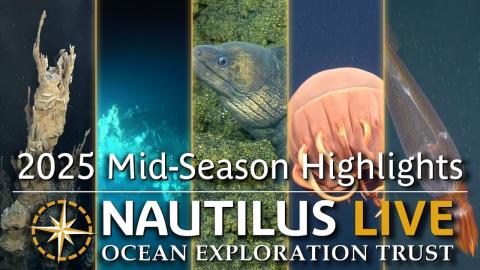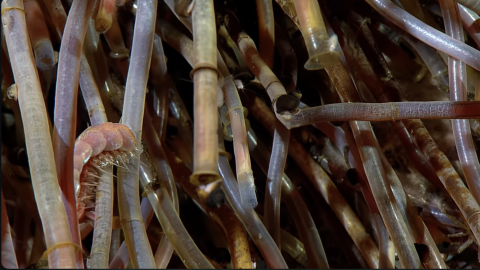Expedition in 60 Seconds: Pescadero Basin
Continuing to explore the Gulf of California, this expedition aims to explore the geological, biological and geochemical features of the recently discovered Pescadero Basin hydrothermal vents. From October 30-November 6, 2017, E/V Nautilus will launch the second expedition exploring little-known regions of this region’s seafloor with Woods Hole Oceanographic Institution and Dalio Explore Fund. Pescadero Basin is the deepest basin (3800m) along the East Pacific Rise at the southern end of the Gulf of California, hosting an array of deep-sea biological communities thriving among carbonate chimney structures, which are starkly different from more common sulfide-dominated mid-ocean ridge vents.

Pescadero Basin
In 2015, the deepest high-temperature hydrothermal vents in the Pacific Ocean were discovered in the Pescadero Basin of the Gulf of California. Initial observations revealed enigmatic aspects of this vent system, including unique mineralogical composition and fluid geochemistry, suggesting that there is much to be learned about deep ocean carbon dynamics in this system.



